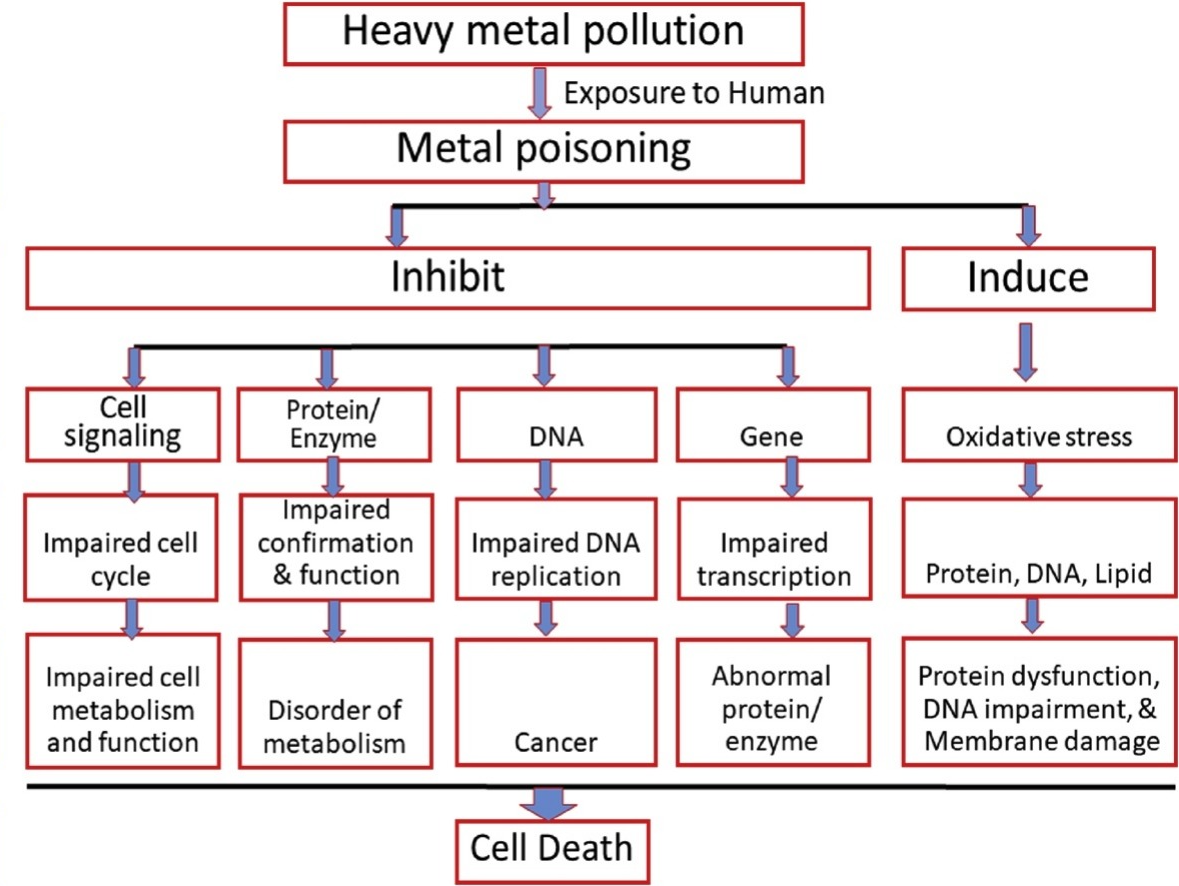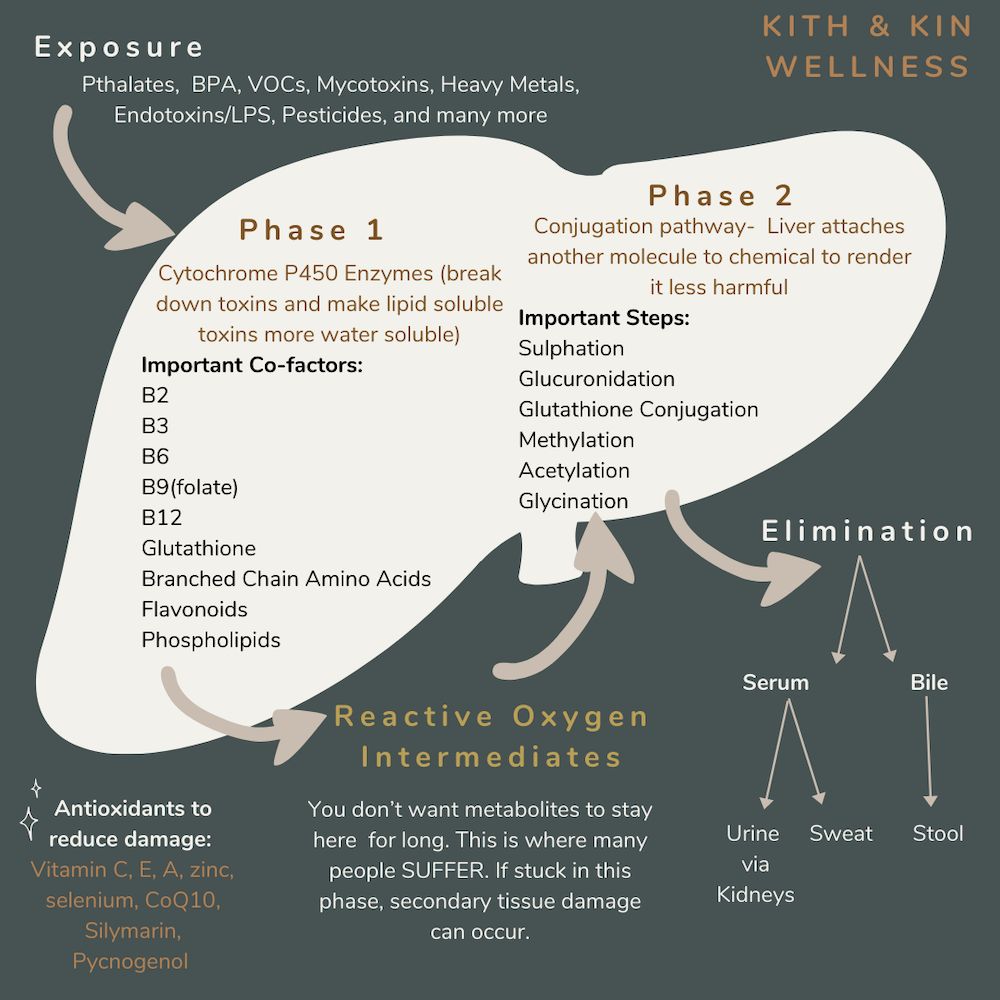
Sears, Kerr, and Bray (2012) indicated that several elements exist in the environment that provide no known benefit, physiologically. Such elements include arsenic (As), cadmium (Cd), lead (Pb), and mercury (Hg) (Sears et al., 2012). However, said elements have the capacity to bioaccumulate in the body producing aberrations in multiple regions to include the cardiovascular, immunological, musculoskeletal, renal, endocrine, and nervous systems (Sears et al., 2012).

Sears et al. (2012) stated that children and the fetus are at the highest risk of harm providing early and long-term exposure, which can induce all ailments previously mentioned in addition to declines in IQ and dysfunctional behavior. Older adults also succumb to exposure to include cognitive decline, diabetes and osteoporosis (Sears et al., 2012). As such, developing methods to minimize exposure, and removal of said elements in the body is paramount. Despite the negative effects and exposure of such toxic elements, the body does have unique mechanisms to manage such substances to include sweating (Sears et al., 2012). The following will explore the aforementioned xenobiotics in further detail, and the effects of sweating in mitigating bioaccumulation of the same.

As tends to accumulate in regions where high levels of fertilizer are used and is commonly found in grains, brassicas, and shellfish while Hg is frequently found in fish and seafoods (Sears et al., 2012). Furthermore, Cd and Pb tends to accumulate in tobacco while many commonly used technologies/products (i.e., electronics, batteries, alloys, pesticides, gasoline, paint, and plumbing hardware) contain all 4 elements (Sears et al. 2012). In essence, such xenobiotics are found in a ubiquitous fashion. As mentioned previously, the body does have the capacity to identify and remove said toxic elements by way of sweating. As a means of appreciating such a process, the following will explore the same.

Sears et al. (2012) considered 122 records which explored sweating as a means of managing exposure to As/Cd/Pb/Hg; 24 records were included in evidence synthesis. Within the 24 articles reviewed, sweating was induced by either sauna or exercise (Sears et al. 2012). Interestingly, Sears et al. (2012) indicated that said xenobiotic levels measured higher in sweat than in urine over a 24-hour period; a prominent medium used to excrete waste products. It should be noted, however, that the reviewed research articles of Sears et al. (2012) were an average of 20 years old. As such, more robust research in sweating as a therapy for removal of xenobiotics needs to be conducted.

Sears et al. (2012) emphasized that other therapies should be included such as n-acetyl cysteine (NAC), vitamin C, and chelating agents (i.e., ethanol). Most relevantly, using said interventions in conjunction to sweating protocols might have a larger cumulative affect than using a singular stand-alone modality (Sears et al., 2012).

In conclusion, several elements exist in the environment that provide no known physiological benefit. Such elements include arsenic (As), cadmium (Cd), lead (Pb), and mercury (Hg). Said elements have the capacity to bioaccumulate in the body producing aberrations/damage in multiple regions to include the cardiovascular, immunological, musculoskeletal, renal, endocrine, and nervous systems. However, interventions do exist to manage xenobiotics once in the body to include exercise, sauna use, targeted micronutrient supplementation, and minimization of exposure when and where possible. Ultimately, such steps could help individuals reclaim their health, performance, longevity, and overall quality of life.
References
Sears, M. E., Kerr, K. J., and Bray, R. I. (2012). Arsenic, cadmium, lead, and mercury in sweat: A systematic review. Journal of Environmental and Public Health. doi:10.1155/2012/184745
-Michael McIsaac
